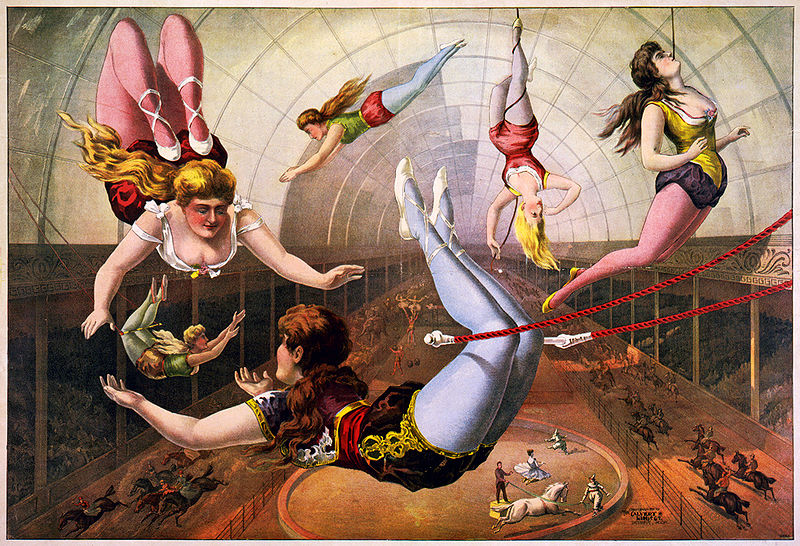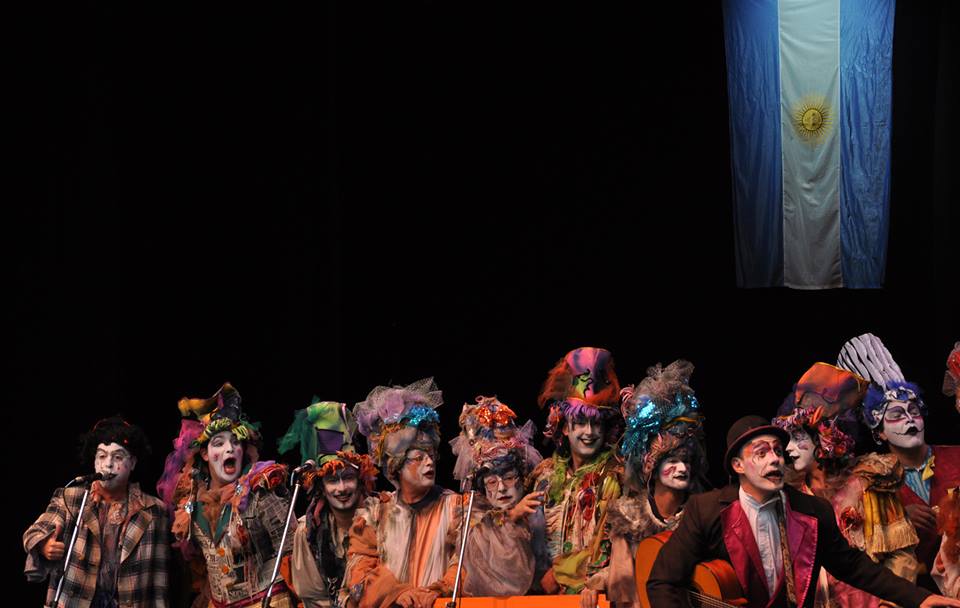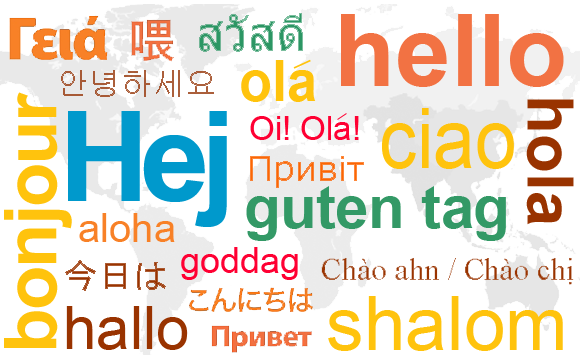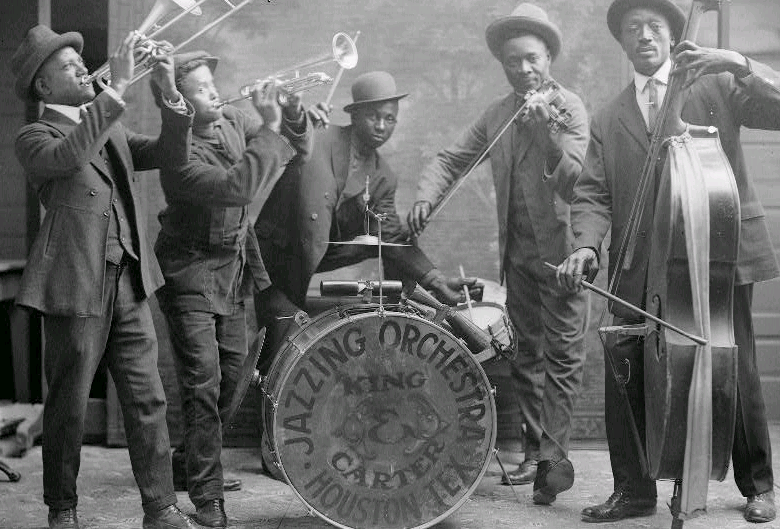Cockney rhyming slang is jam-packed with references to fruit, vegetables and other kinds of foods. This East London working-class slang, structured around a simple rhyming system, was the East Londoner’s language code which prevented bosses, the police and other authority figures from understanding what was being said.
Some of the most popular food-related cockney rhyming phrases include “apples and pears,” “bacon and eggs” and “custard and jelly.” Below, we’ve compiled a fairly extensive list of food rhymes and their East London meaning…

Classic London Cockney Rhyming Slang Typography Print By Rebbie
apples and pears
The phrase “apples and pears” rhymes with “stairs” and so is commonly used to refer to anything which might be going on above. You might say to someone, looking for an item they’ve lost, “It might be up the apples,” meaning it might be upstairs and therefore worth checking.
bacon and eggs
Bacon and eggs rhymes with legs and is used when you want to compliment a woman. You might say, “You’ve got a lovely pair of bacons,” meaning that she has a really good looking pair of legs.
custard and jelly
“Shall we watch a bit of custard?” might be a question someone would ask if they wanted to watch the television, as custard and jelly refers directly to the telly (television).
loaf of bread
If you’re ever told to, “use your loaf,” in the East End of London, it’s because you’re being told to “use your head” or to think/act smarter. “Head” rhymes with “bread,” and so the phrase is shortened from “use your loaf of bread (head)” to “use your loaf!”
mince pies
When a guy from the East End of London wants to chat up a lovely lady that he sets his eyes on, he might say, “You’ve got lovely mincies.” “Mince pies”, rhymes with “eyes” and… the conclusion to be drawn from the rest is quite clear.
peas in the pot
When you walk into a room and someone says, “It’s a bit peasy in here,” they mean that it’s a bit hot. “Peas in the pot” rhymes with “hot,” hence the use of the phrase, “peasy.”
plates of meat
“Plates of meat” rhymes with “feet.” You might hear someone say, “Be careful of me (my) plates,” if they’re frightened that someone else is about to stand on their feet.
potatoes in the mould
A shortened version of “potatoes” in the East End of London is the word “taters.” The phrase “potatoes (taters) in the mould” rhymes with “cold” and is used when someone is feeling a little nippy. You might hear someone say, “It’s a bit taters in here.”
rabbit and pork
If you happen to be spending a lot of time with someone who talks and talks and talks and never seems to want to just be quiet, you might want to say, “Wow! You can really rabbit, can’t you!” The phrase “rabbit and pork” rhymes with “talk” and is used to talk about the big chatterboxes in our lives.
tea leaf
“He’s a little tea leaf,” is used to accuse someone of being a “thief.”
As is made evident from the examples above, the parts of the rhymes which don’t actually match the sound of the word they are referring to is the word that is normally used in Cockney Rhyming Slang. For instance, in “bacon and eggs”, “eggs” rhymes with “legs”, but “bacon” is the part of the phrase which is used when you want to tell a woman she has a lovely pair of “bacons” (legs).
By opting for the section of the rhyme which doesn’t actually rhyme, the secret meaning of the phrase was kept even more of a secret amongst the working classes of East London. Secrecy to Cockney Rhymers means everything.













